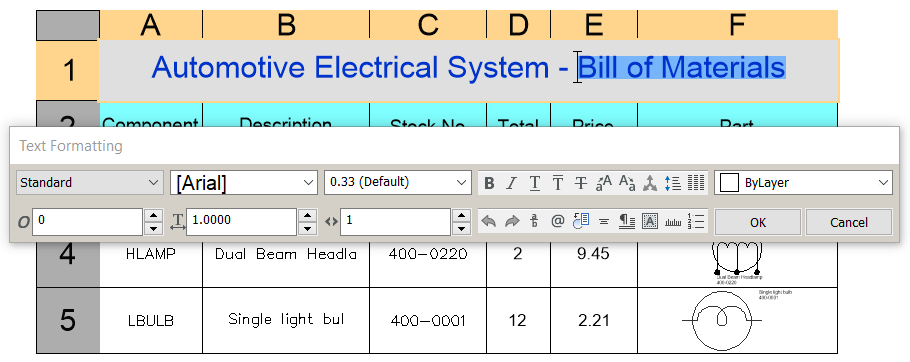
Such indicators can, of course, begin or end at any point in a measure. Note: The example above is based on 4/4 time and it's assumed that the indicator is to be placed at the very beginning of the first measure. The formula VII%barchord:32 used for our example results in the text VII followed by a line 32 1/16th notes in length ending in a downward bend of the line (terminator). When you then press the formula is converted into a correct barré indicator. The placement of the indicator is controlled by the selection made in the Text Manager dialog. This feature allows you to place a standard barré indicator above the either the tablature or the standard notation. You can also use the " Format" dialog when the cursor is positioned on such a marker. To this end, inserts an offset marker whose value can be increased or decreased by use of. Horizontal note spacing - in certain cases (appoggiaturas, alterations fingering indications in the notation) it may prove useful to be able to vary the distance between one note and the note following it. Īll possible attributes for a given rest can be defined in the Note -> Attributes dialog box To remove the stem of a rest select it and press. To prevent a rest from being tied to the preceding or following note, select it and press. The hidden rest remains displayed in the tablature as grayed but will not be printed. If you wish a manually inserted rest to appear only in the stave and not in the tablature, simply select the rest and press. Simply place the cursor on the rest in the tablature and use to adjust its position. TablEdit allows you to define, very precisely, the vertical position at which rests are to be displayed in the stave. The Legato function allows you to insert an arbitrary arch linking a note to another. But, given several minutes, I think I could fix this example with careful use of "quantize notes" commands, after I correct the fret numbers.Define the instrument as monophonic in > Display, TablEdit displays the articulation corresponding to certain special effects.

I wonder whether it would be worthwhile for TablEdit to look for at least some of these clues in the standard staff. Perhaps if there were more than one level to be adjusted- say, one slider that improved the 7's, another that improved the 8's? Or instead, maybe a way for the user to inform TablEdit, by selecting a typical note (perhaps in the image preview, or perhaps in a results preview) and tellling TablEdit "This is a typical '10' in the font used all similar blobs are also '10'?" Or perhaps more practical to program, a way to select a general font style and tell TablEdit to be looking for only that style, in a particular set of images? Of course, there is also the problem of images where the beams and rests are only in the standard notation staff, not the tablature (as with this example). No setting I tried was very good with fret 10. tef, I observed that increasing the sensitivity level from 9 to 10, then 11, helped recognition of certain fret numbers (especially fret 7), but hurt certain others (especially fret 8). As shown in the three modules of the attached.

It gave me a pretty good head start, compared to typing everything in. Hi, Having a sudden impulse to play like Charlie Christian, I took some screenshots of an online tablature for his version of Rose Room, and tested out the image import on them.


 0 kommentar(er)
0 kommentar(er)
